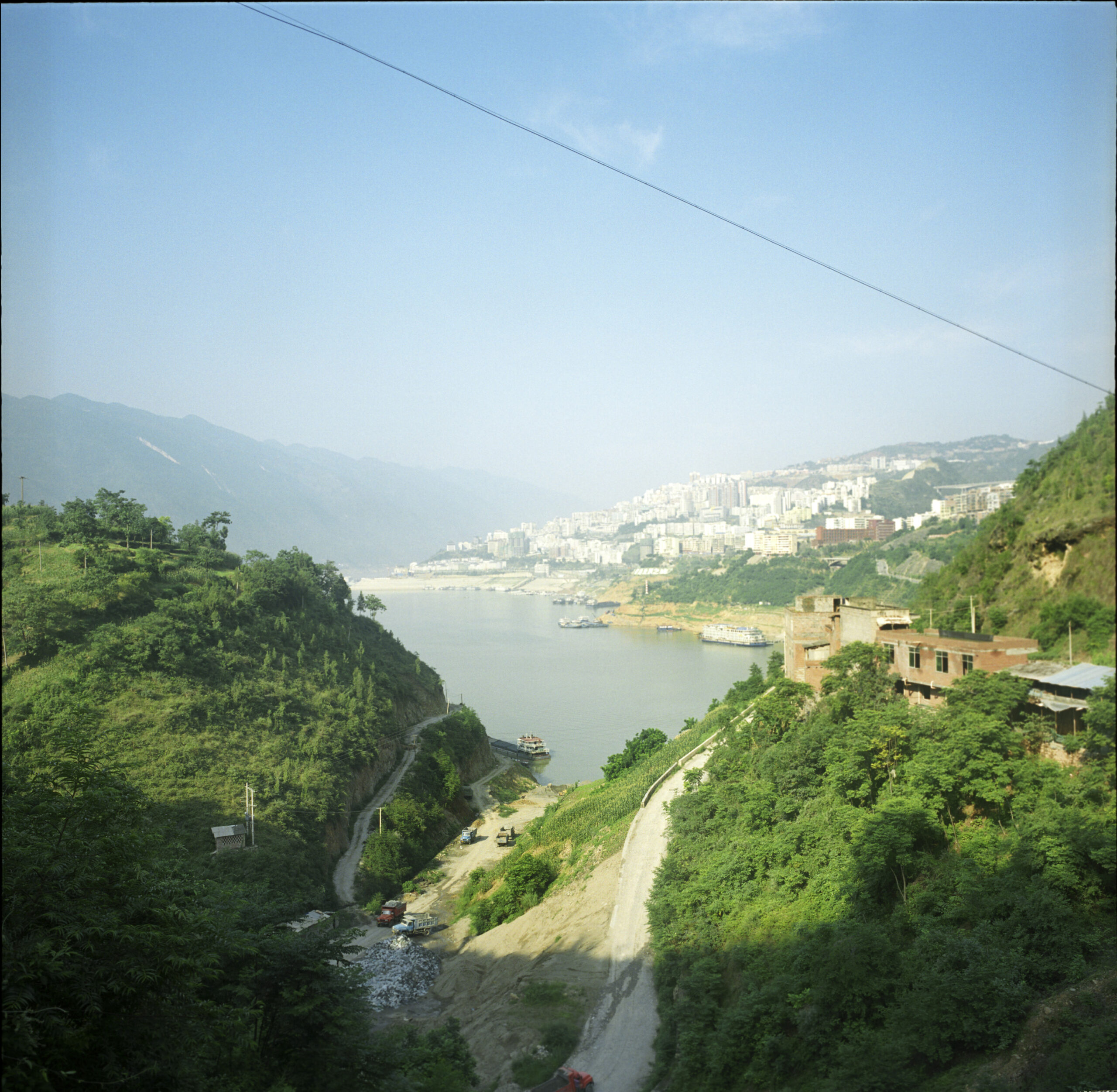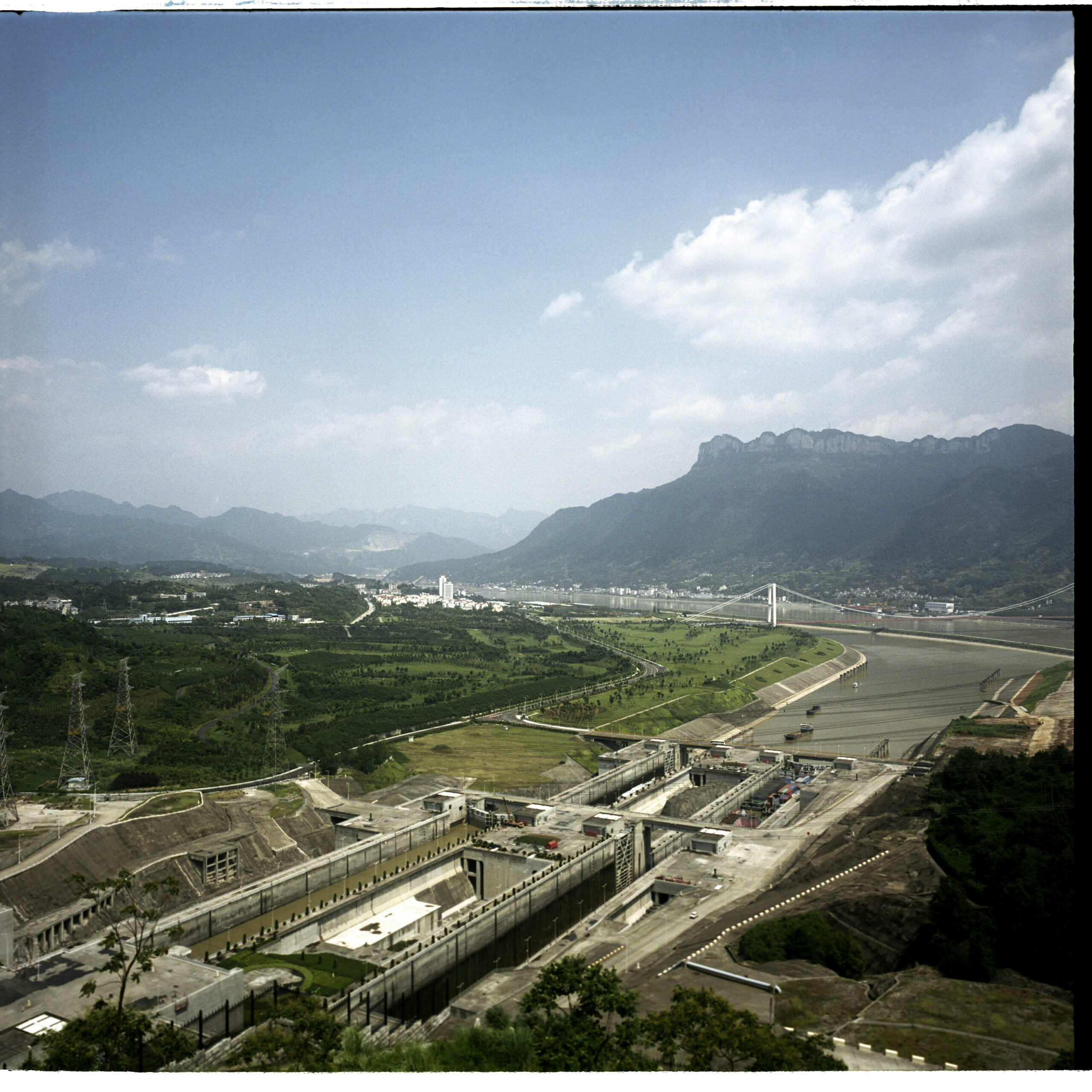Looking for He Guizhen
Background
Around the end of 2010, I read an article in the China News Weekly that left me baffled. The construction of the Three Gorges Dam had resulted in a large-scale displacement of residents. After years of moving from one place to another, many had journeyed back to their now-submerged native land only to realize there was no place for them.
The report followed Mr. He Guizhen and his family who had returned to their hometown of Wushan after struggling for two years to find their footing in a new town. They had built a makeshift tent on the pier and lived as pariahs until they were pushed out. This story haunted me, and I wanted to know more.
I set out to look for He Guizhen to understand the impact of the Three Gorges Dam project on individual lives and capture the essence of what it means to live like an outcast in one’s own home.

Ferry from Jingzhou to Laling Zhou across the Yangtze River - Jingzhou, Hubei Province, China, August 2011
History
The Three Gorges Dam is the largest hydroelectric project in the history of China. It took 27 years to build and passed its final inspection in 2020. The dam spans 2,335 meters on the Yangtze River with the water level rising to a maximum of 175 meters above the sea. This offers relief from floods to downstream cities. The dam is said to generate 4.3 billion kilowatts of electricity per day for the energy-hungry regions of southeastern and central China, thereby saving 40-50 million tons of coal per year.
Despite the many obvious benefits, the project had an adverse impact on the native population. Between 1992 and 2003, two million people were displaced to make room for rising water levels. There was gross mismanagement during this process, and it cost many citizens their homes.
While some families chose to migrate just outside the dam area – to places such as Chongming Island in Shanghai – over 197,000 moved to towns farther away. He Guizhen was one of them. He, and others, were dubbed “Waiqians” (moving-out) migrants, comprising over ten percent of those displaced.
There is no doubt that the Three Gorges Dam project caused severe social trauma. In 2011, the Chinese government admitted to this and pledged to rectify the situation by improving the living standards of those affected by 2020. It also acknowledged the many problems which emerged during various stages of the project’s planning and construction. While the issues could not be resolved immediately, the official statements awakened hope among those who had lost everything.
The truth of the matter is that the sheer scale and the immediate economic benefits of the project made it difficult for the government and those involved to understand its impact on individual lives. Although there have been abundant debates about the project’s costs, pros and cons, ability to manage potential risks – there has been little to no talk about the profound impact on families like that of He Guizhen.



